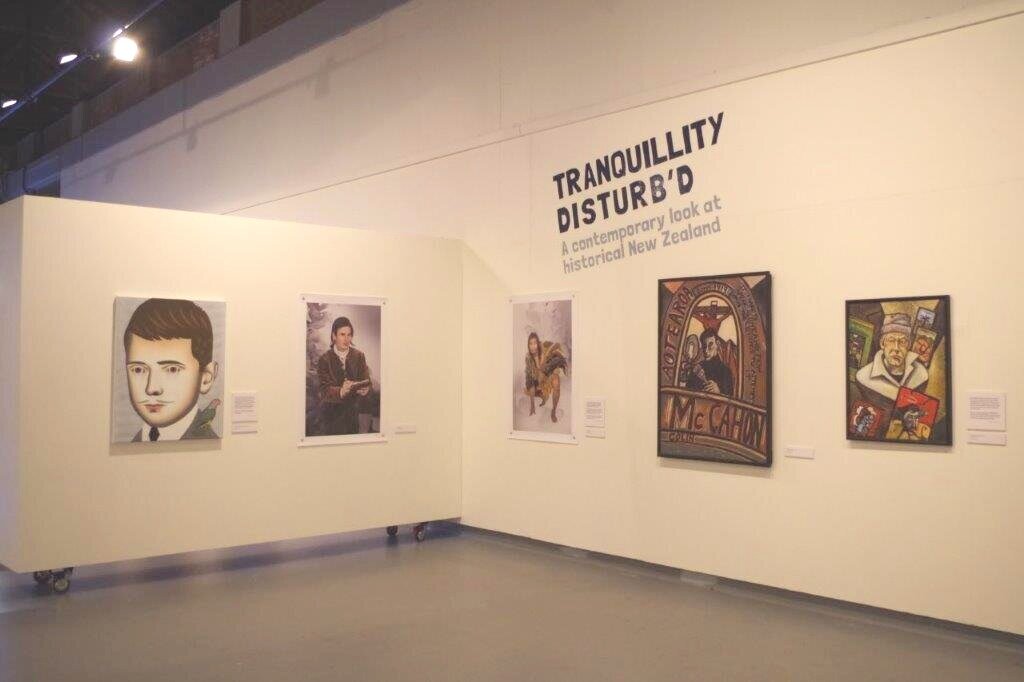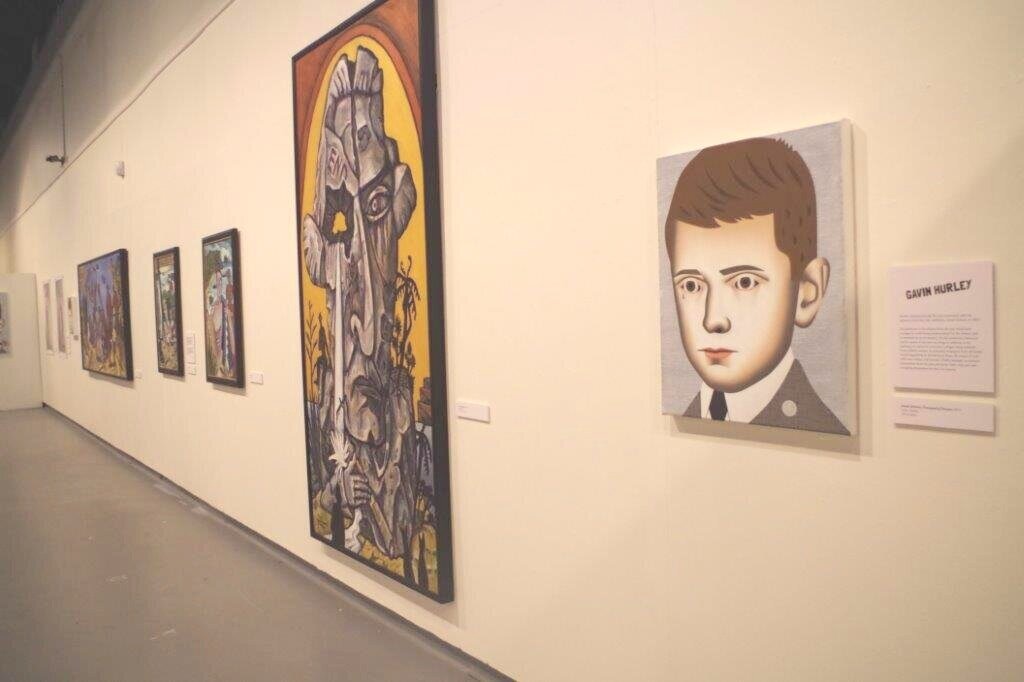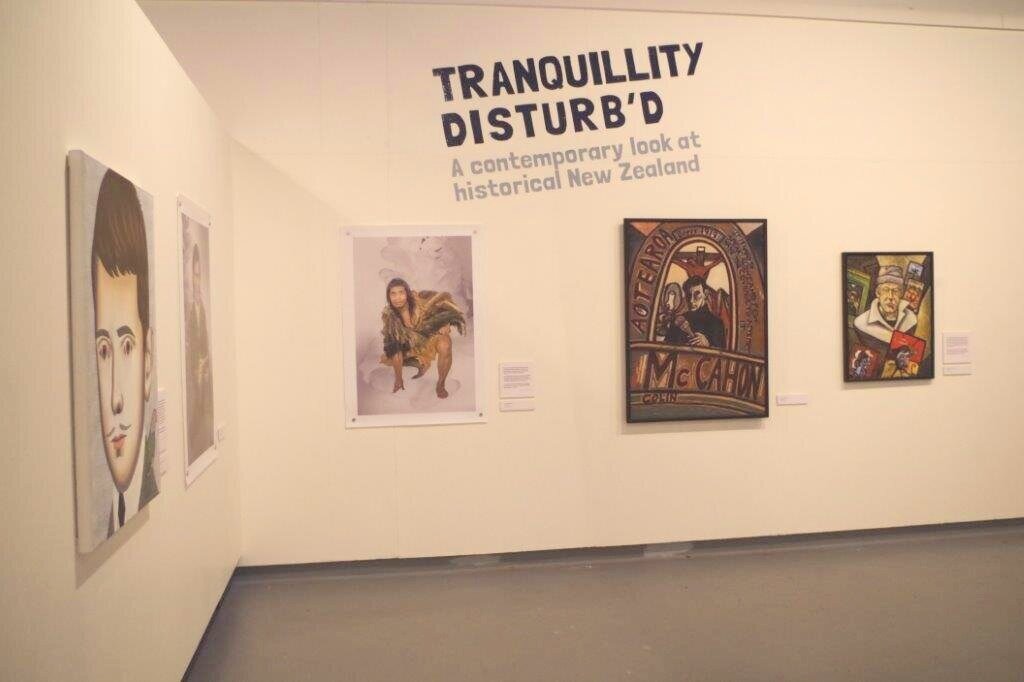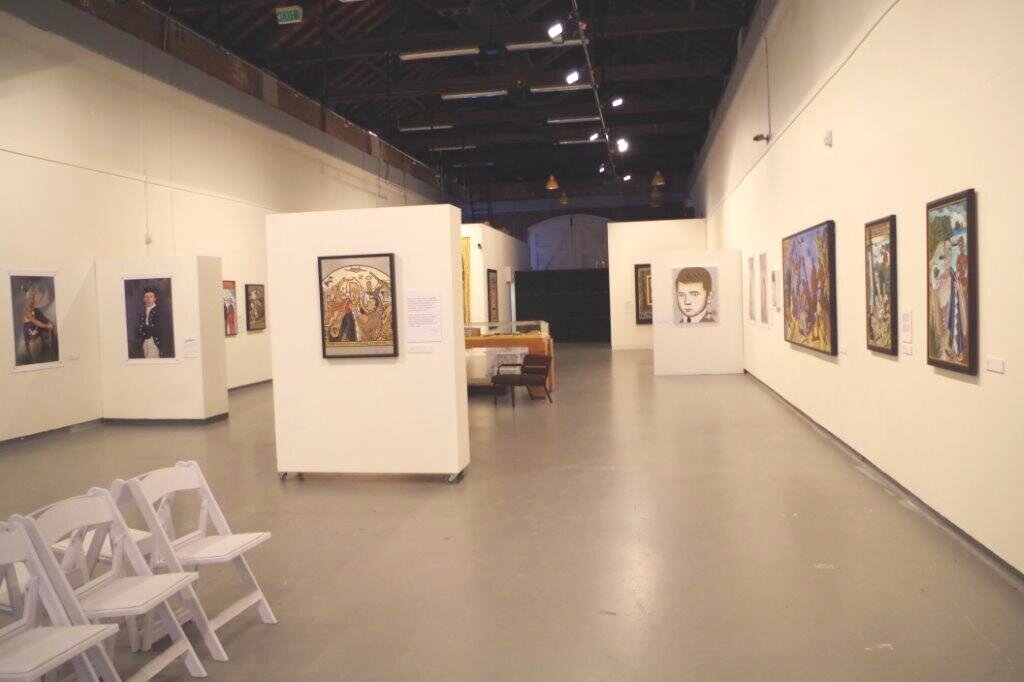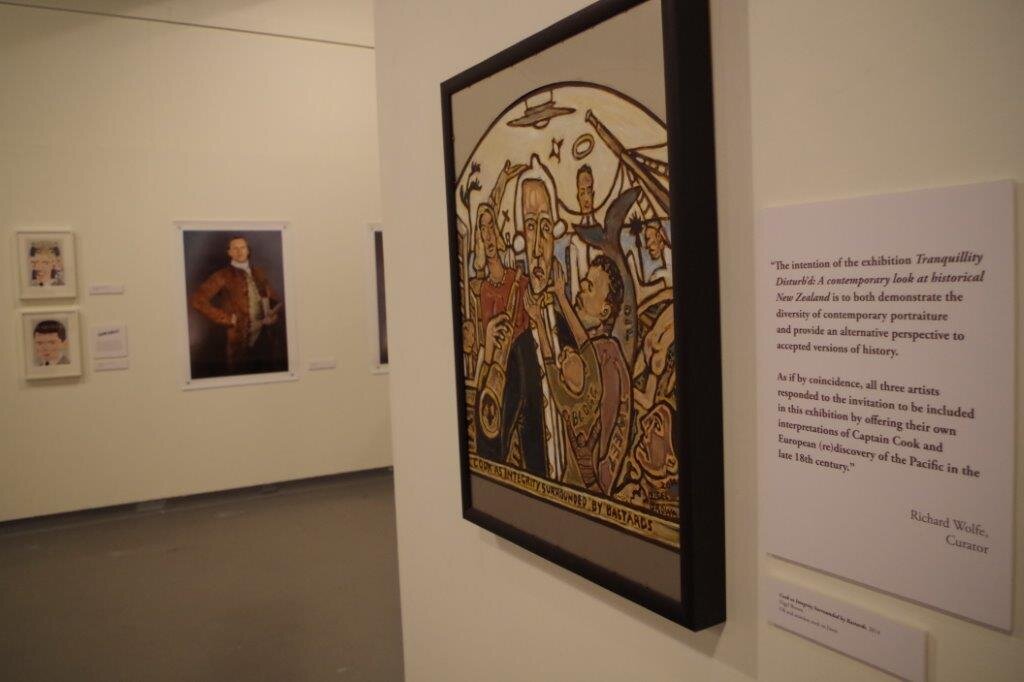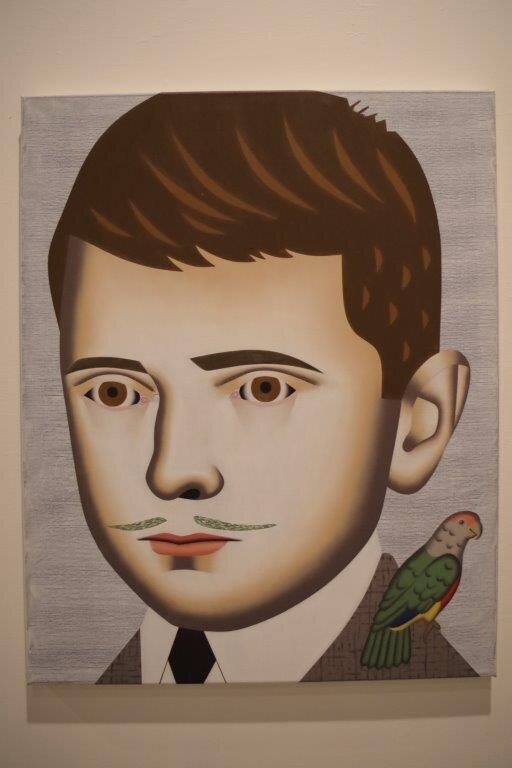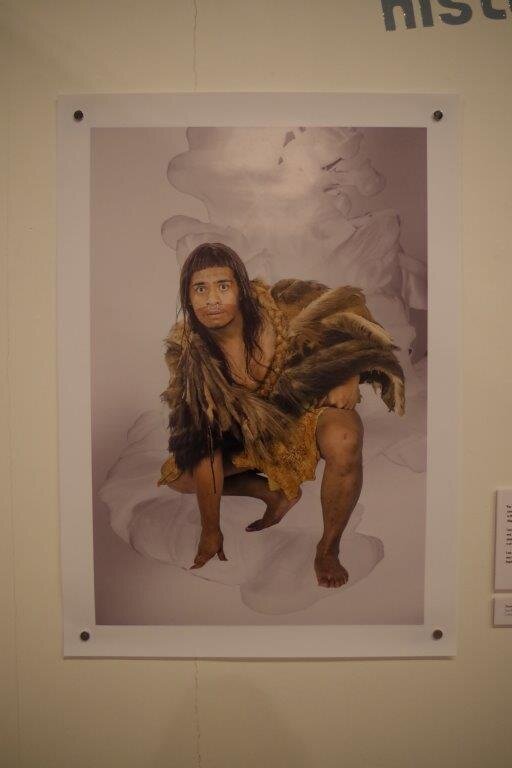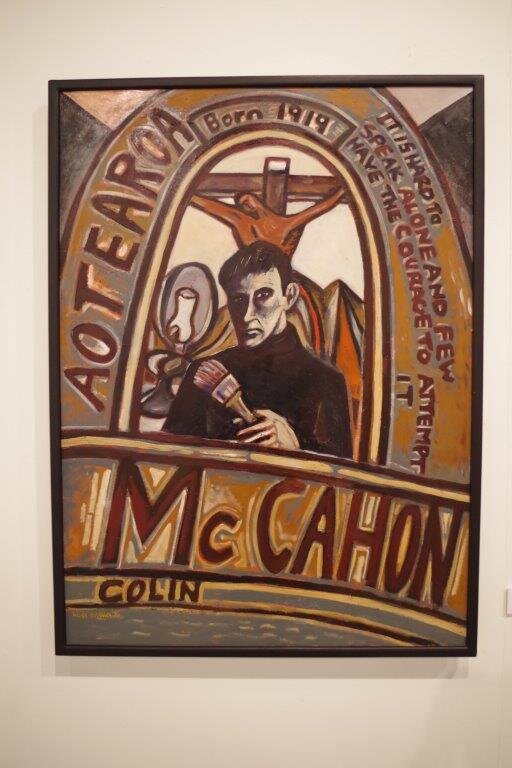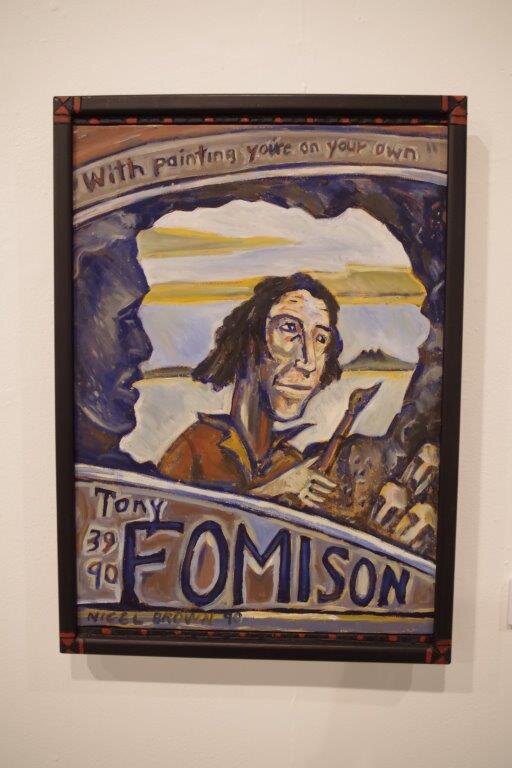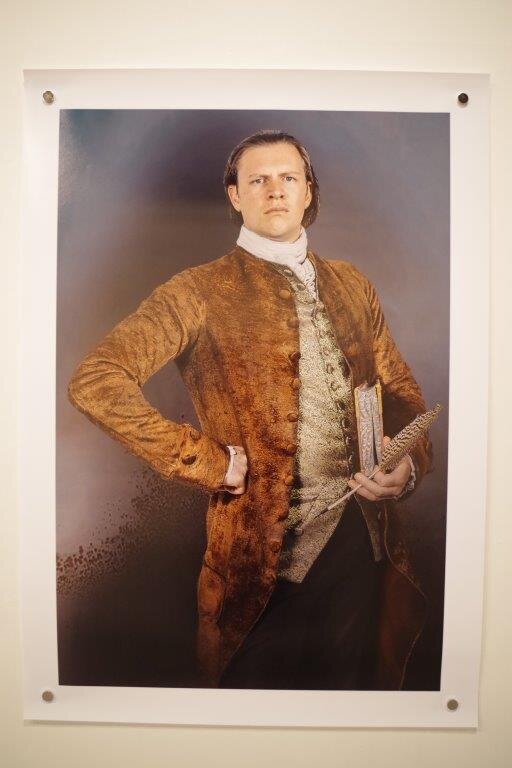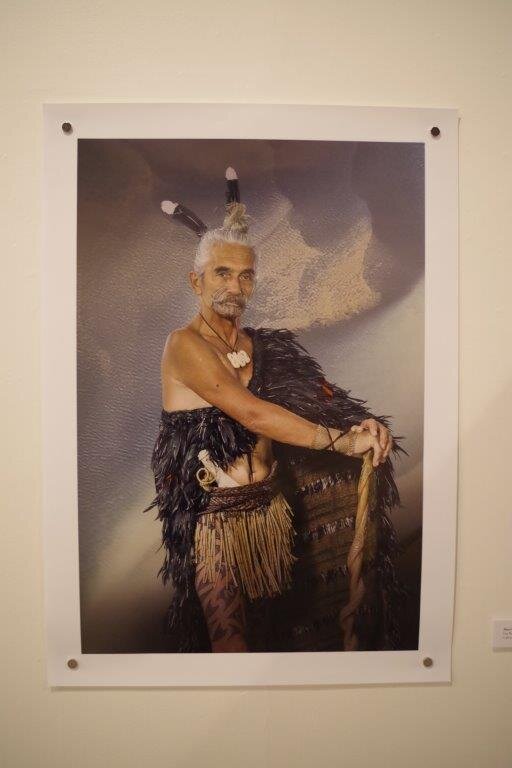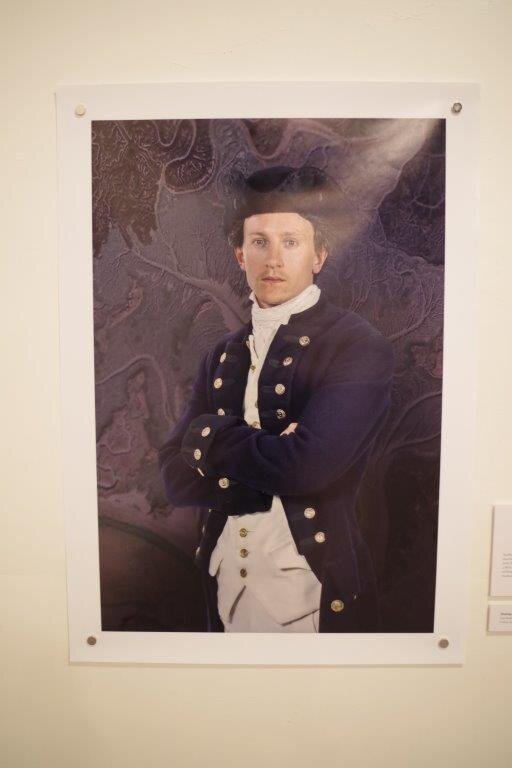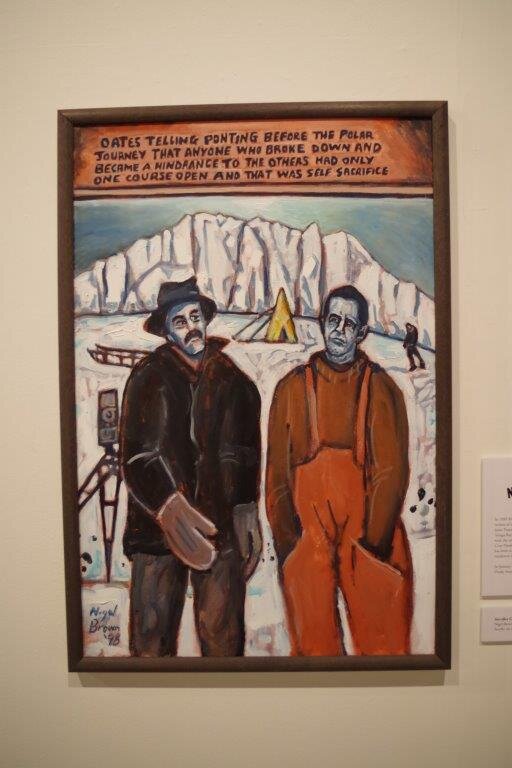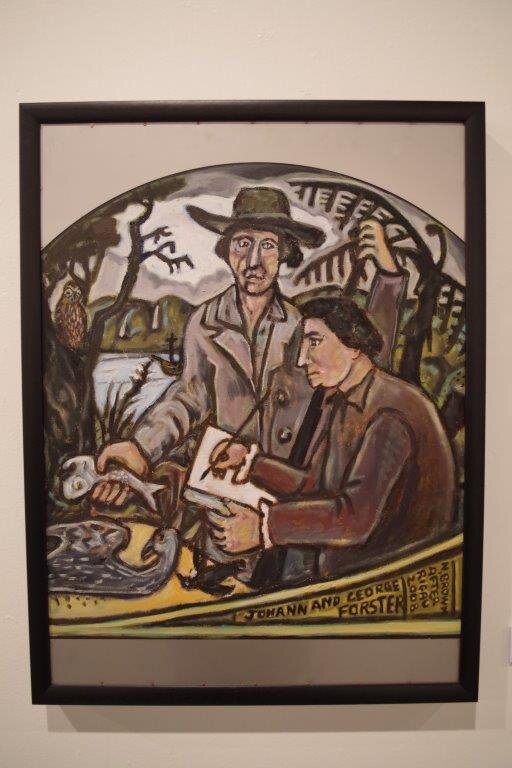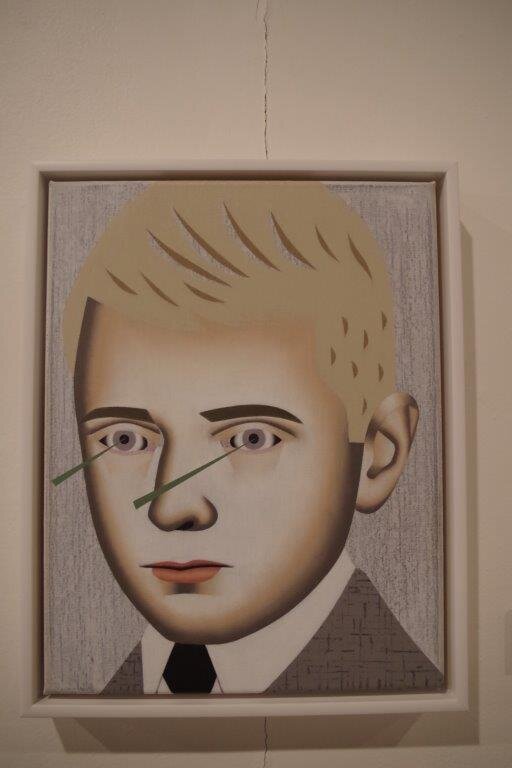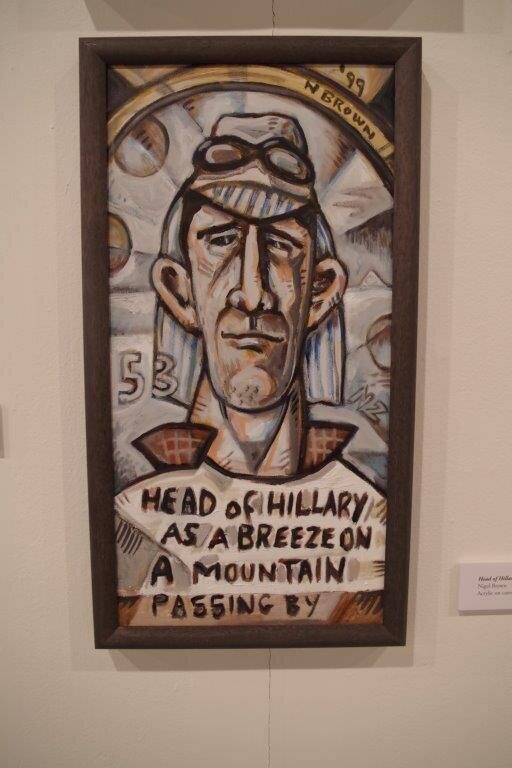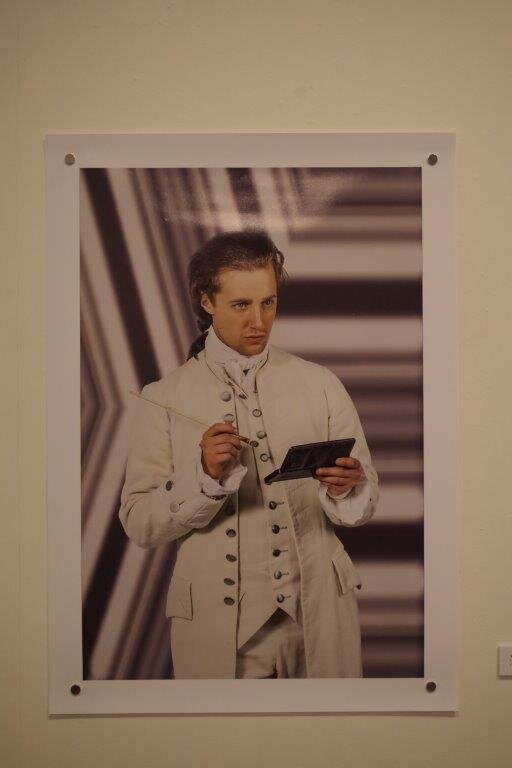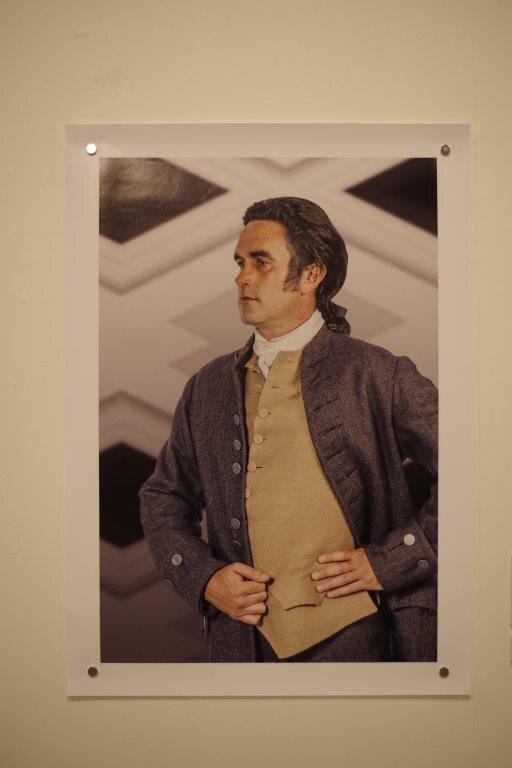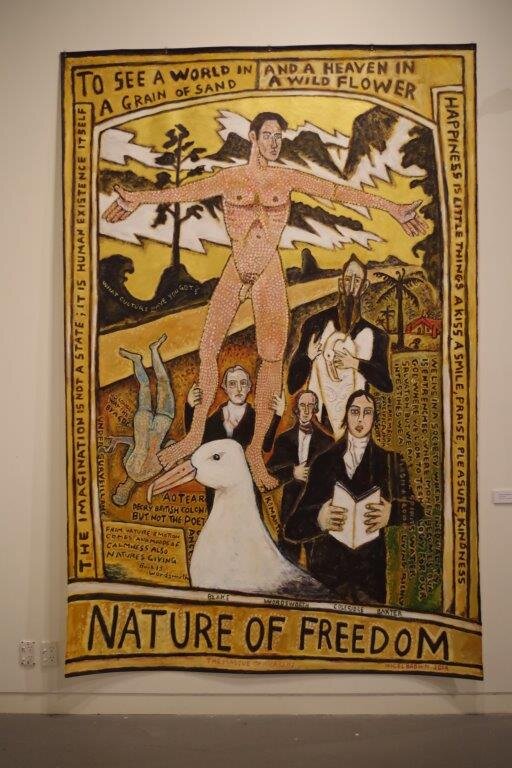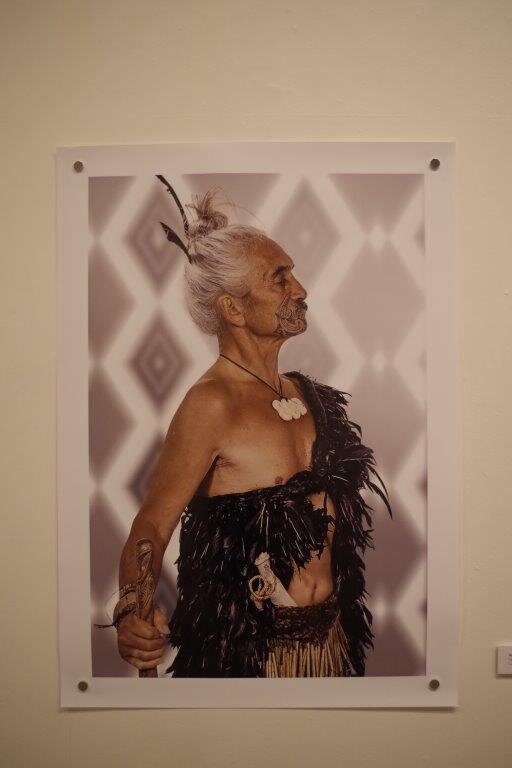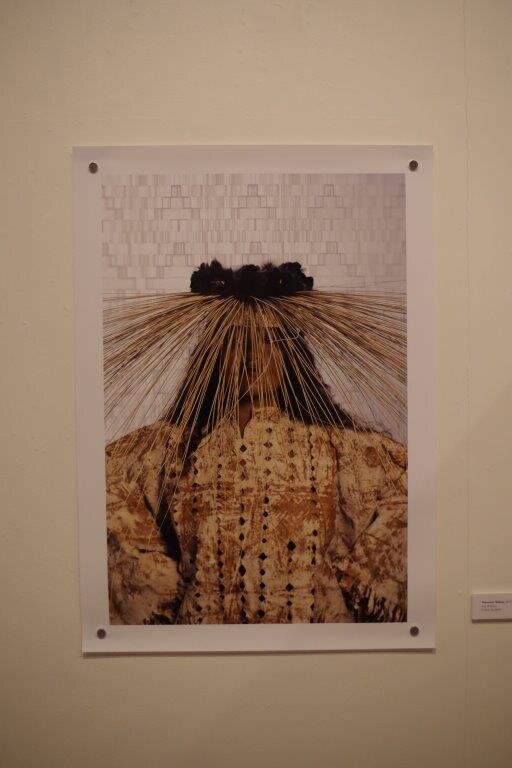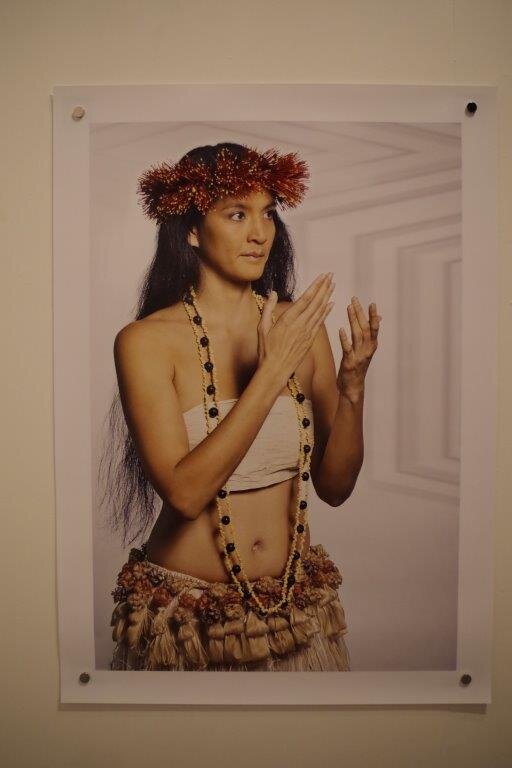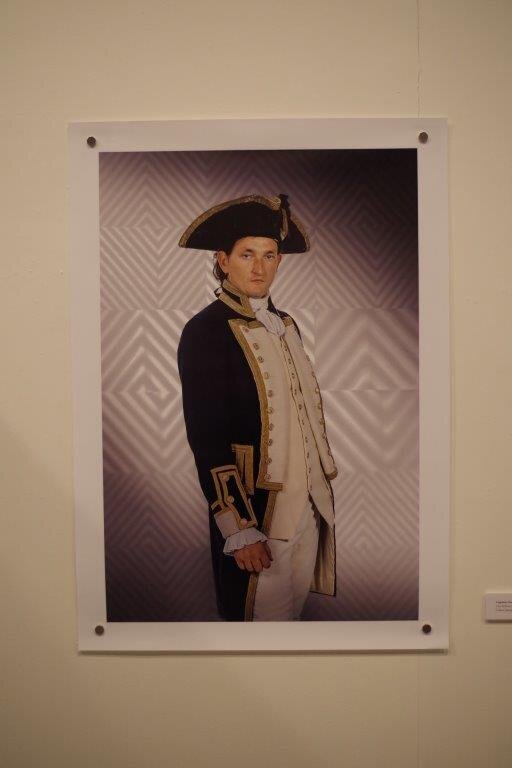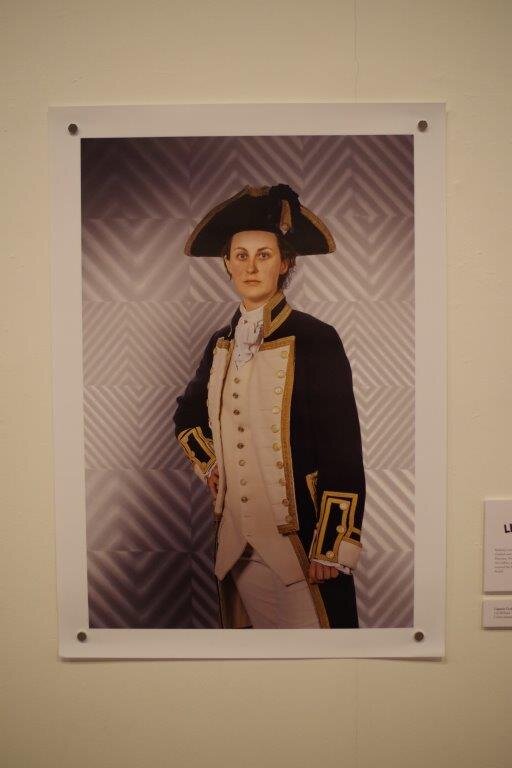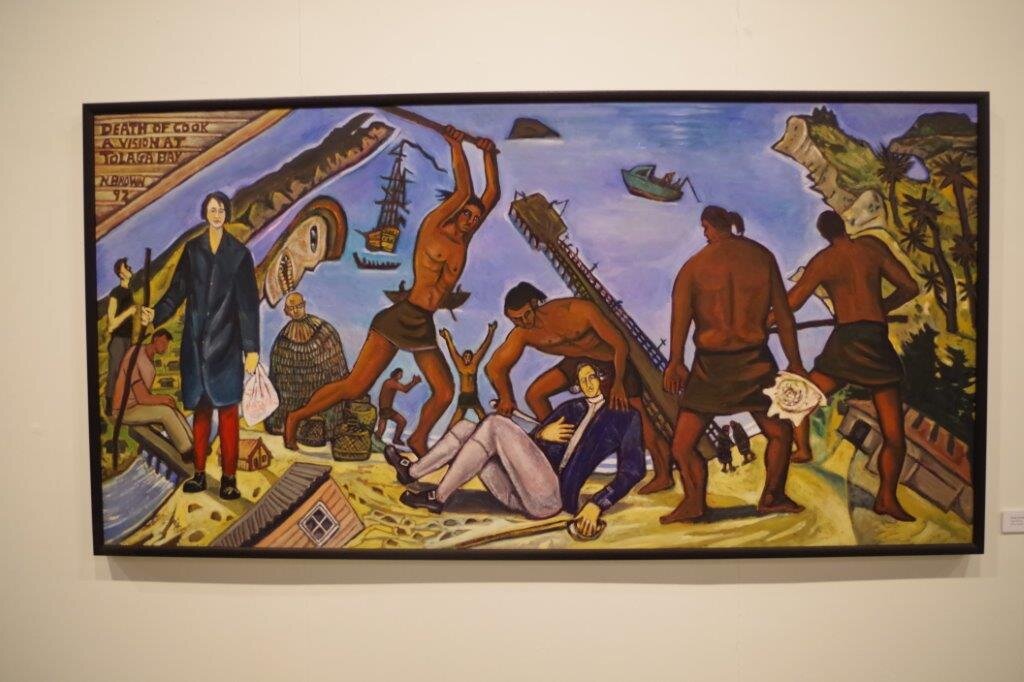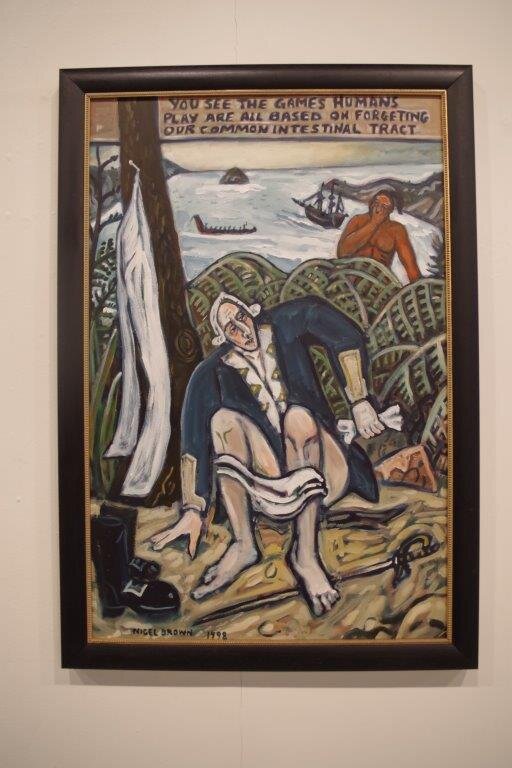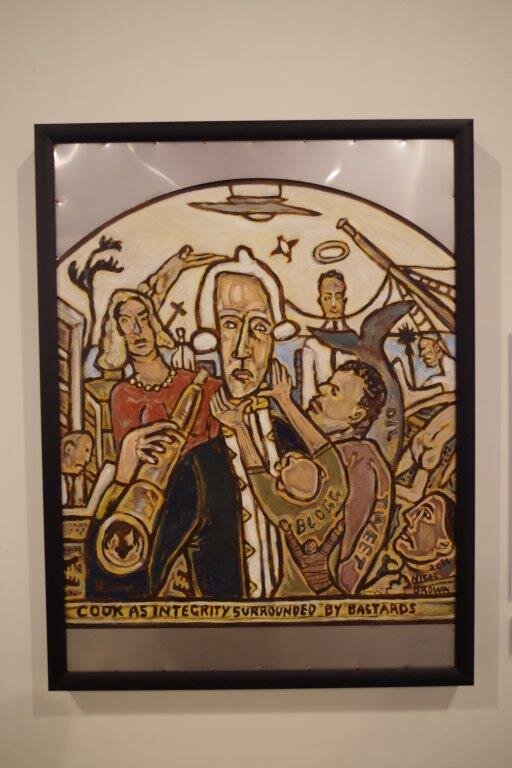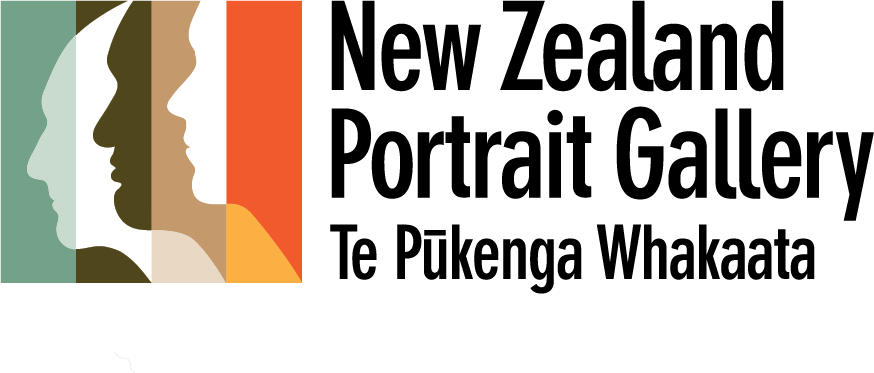The exhibition ‘Tranquillity Disturb’d':A contemporary look at historical New Zealand offers a unique view of an important and dramatic aspect of New Zealand history. The main focus is the impact of English navigator Captain James Cook’s three visits to this country and the wider Pacific region in the late 18th century. Arguably, no single individual has had such influence on the course of New Zealand history.
Three well-established New Zealand artists – Nigel Brown, Lisa Reihana and Gavin Hurley – have independently chosen to interpret the implications of (re)discovery of New Zealand. The three artists have taken very different and distinctive approaches, each providing highly original perspectives on the subject.
Southland artist Nigel Brown, who had his first solo exhibition in 1972, began his interest in Cook following a visit to Tolaga Bay in 1992. In the many paintings that followed, Brown re-imagined New Zealand history and found new and unlikely roles for the captain. In Brown’s hands he shoulders responsibility for the subsequent failures of colonialism, but is also seen as a model of integrity when compared to New Zealand’s ‘dirty politics’ of 2014. And if Cook appeared aloof at times, Brown brings him down to earth, showing him relieving himself ashore in this country.
Auckland artist Lisa Reihana describes herself as an ‘urban Maori artist’. She has exhibited internationally, and in 2014 she won the Arts Foundation of New Zealand’s Laureate Award. Her contribution to ‘Tranquillity Disturb’d’ is a response to an early 19th century French wallpaper showing an idealised depiction of the Pacific and its people. This being a highly selective – not to mention inaccurate – interpretation, Reihana resolved to counter its ‘slippery notions of truth and representation’. As a result she countered this highly fanciful Eurocentric vision with her video installation in Pursuit of Venus, using actors to provide a contemporary Pacific view of their own culture and history.
Auckland painter Gavin Hurley has developed a highly distinctive approach to portraiture, using stylised facial features and large areas of flat colour. For ‘Tranquillity Disturb’d’ he chose previously overlooked subjects - the servant boys who sailed on Cook’s Endeavour. The lack of any known images of these lads was no deterrent; rather, Hurley relished the shortage of historical information and the opportunity to ‘invent’ personalities. In the process he wondered about the personal backgrounds and circumstances of these young seafarers, and their experiences on one of the greatest voyages in history. Despite all that happened and the success of Endeavour, Hurley describes the voyage as seeming ‘like a total fantasy’. One of his subjects, Nicholas Young, is of course familiar to us; as the first member of the crew to sight New Zealand, he gave his name to Young Nick’s Head.
Individually, the three artists in ‘Tranquillity Disturb’d’ offer very different and highly personalised interpretations of New Zealand history. Equally diverse are the means – both traditional pigment and contemporary digital technology – used to realise their visions. At the same time, their images collectively underline the durability, diversity and on-going relevance of portraiture in New Zealand.
Image: Gavin Hurley, Peter Briscoe, 2015, oil on linen
